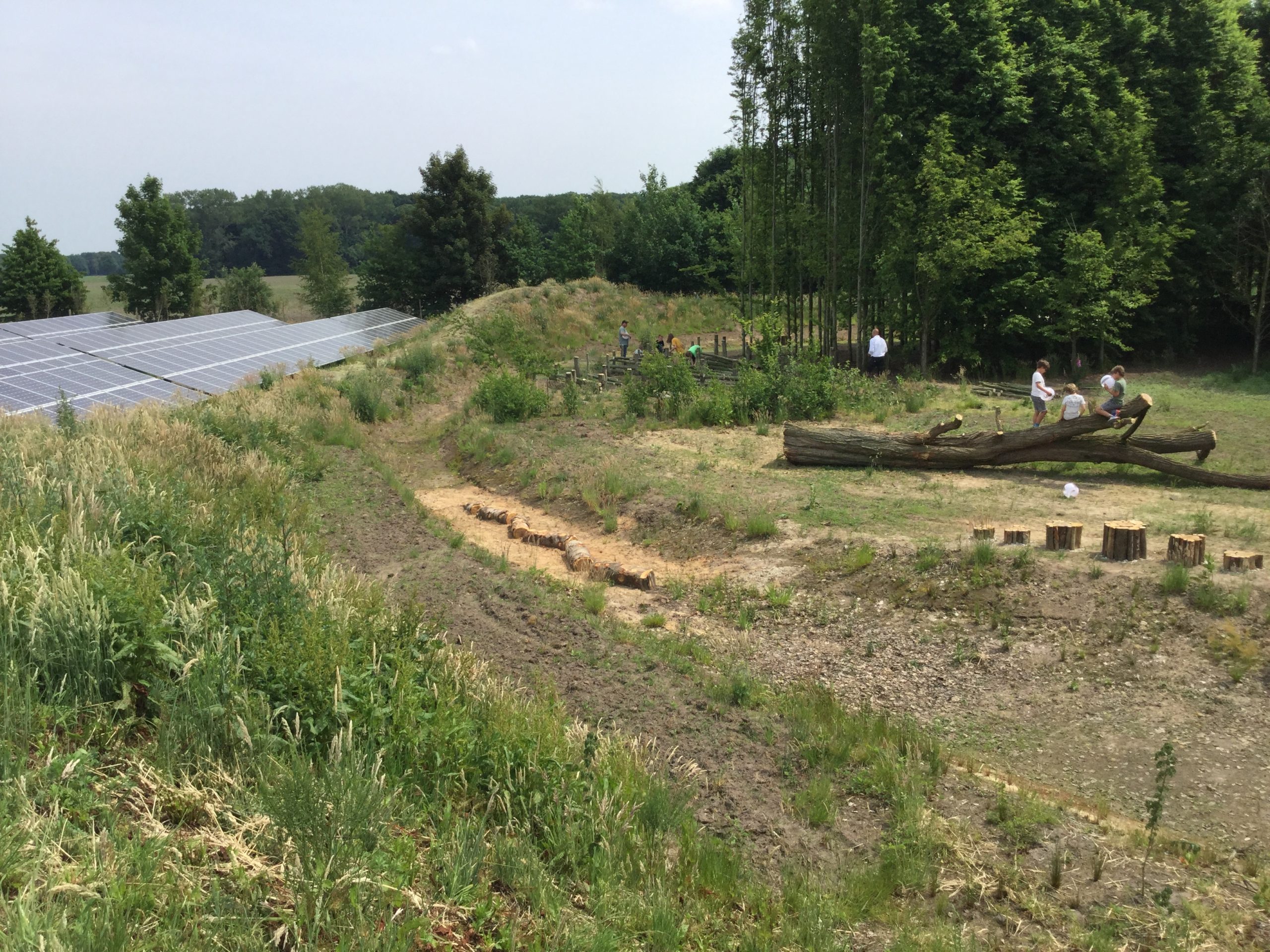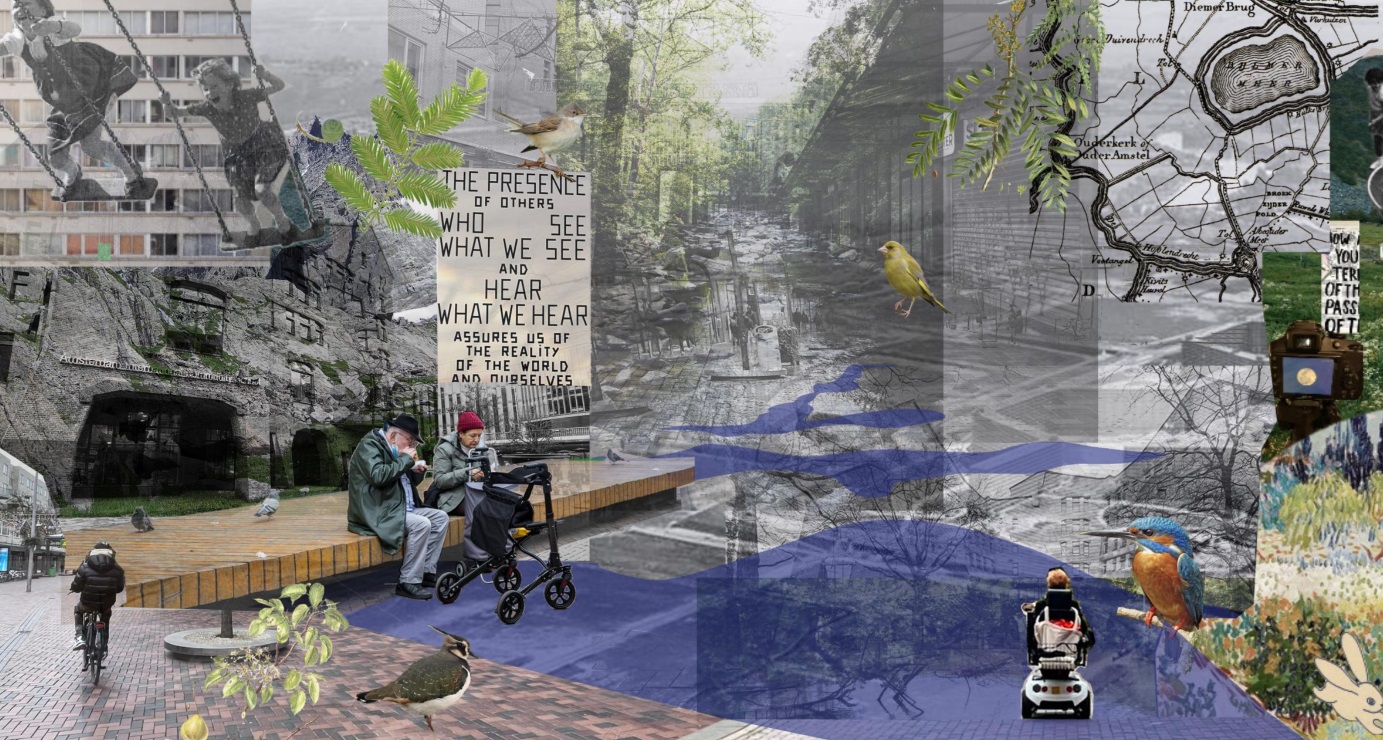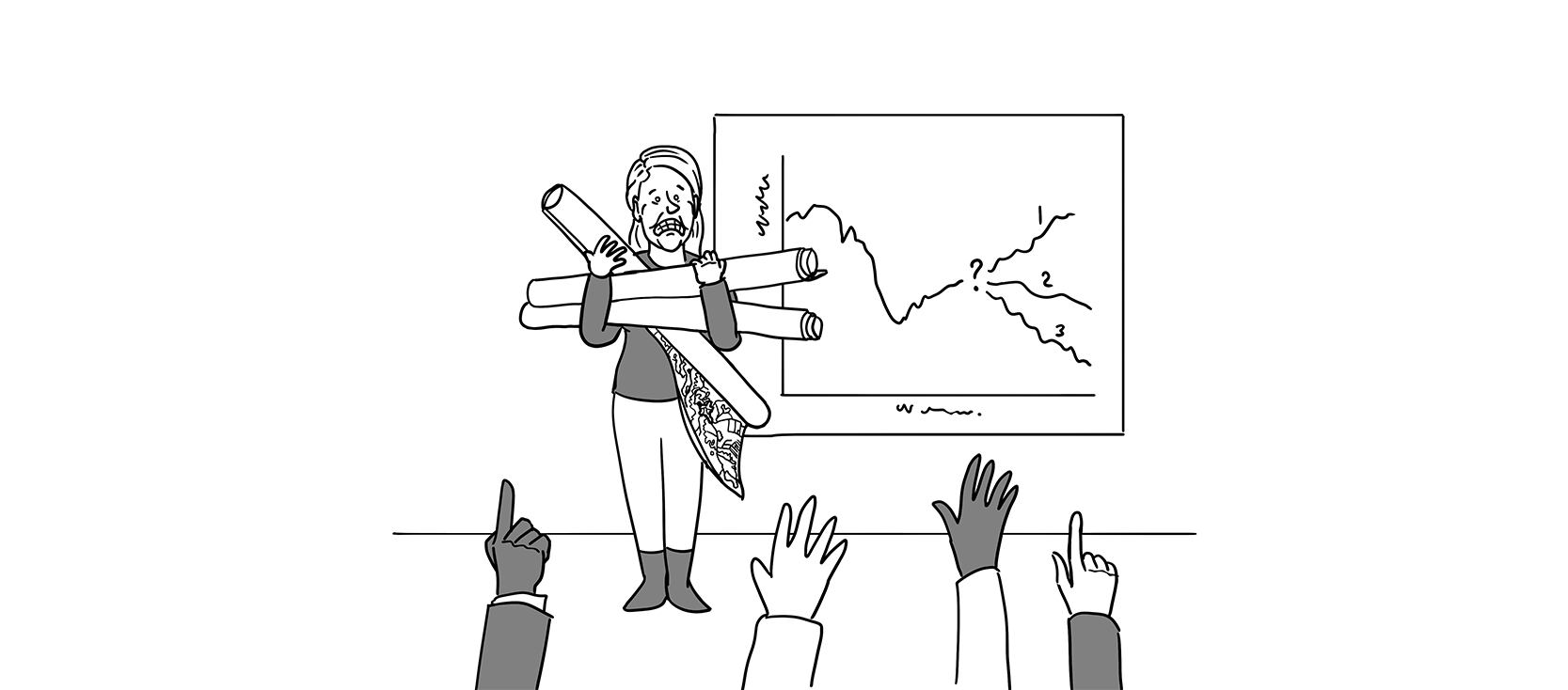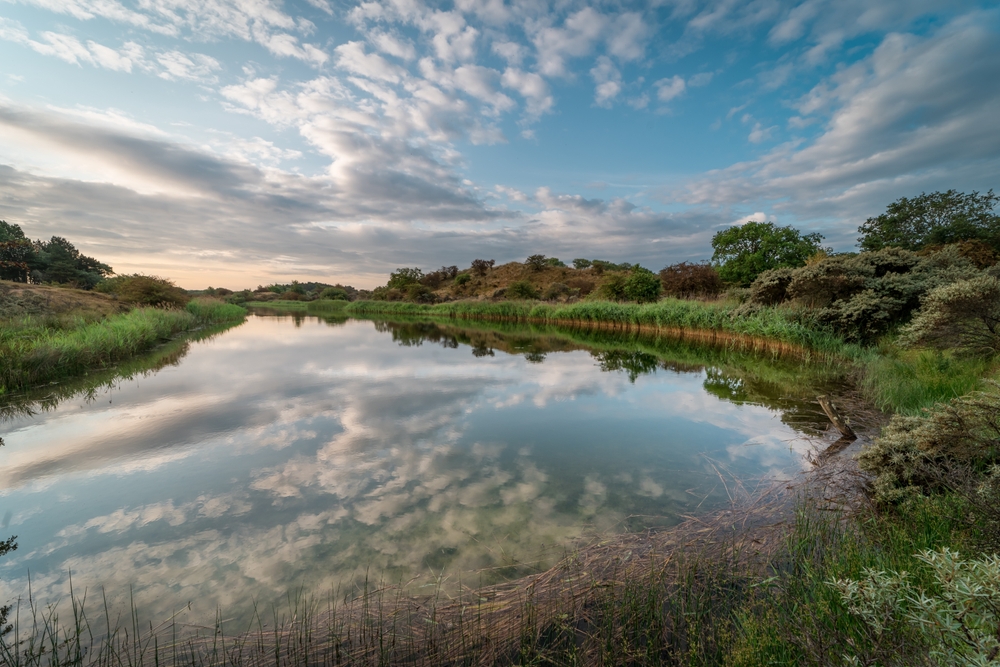For a successful energy transition, solar parks and wind parks must be made more attractive and multifunctional. That calls for management at a national level. That is, in essence, the message of a joint position paper written by the Nature and Environment Federations (Dutch acronym NMF) and WUR. ‘Otherwise, we will get more and more of what we do not want, while we are increasingly aware of what we do want’, says Sven Stremke, associate professor of Landscape Architecture.
To meet the goals set in the climate agreement, the Netherlands must generate 35 terawatt-hours (TWh) in sustainable energy on land by 2030. To this end, thirty energy regions have been installed, each of which has detailed how they intend to deliver their share in a regional energy strategy (RES). The implementation of these RESs is now gaining momentum. However, often in the shape of almost industrial-looking solar or wind parks, they are neither easy on the eye nor on the living environment. This can and must change, say NMF and WUR experts in their position paper.
Little enthusiasm
It comes as no surprise that these ‘industrial’ solar and wind parks are emerging: the current subsidies aim for the highest possible CO2 reduction against the lowest possible cost. Factors such as nature or landscape barely weigh in. The resulting type of solar and wind parks that emerge do little to increase the enthusiasm of Dutch nationals. Wind turbines were already viewed with very little enthusiasm, and solar parks are now also increasingly met with resistance. This, in turn, affects the RES’ progress. They are falling back in part as a result of a lack of societal support.
Spatial quality
The resistance is not unfounded. Long-term WUR research shows that the spatial quality of recent energy projects nowhere near matches earlier innovative examples. The much acclaimed De Kwekerij solar park in Hengelo – which is multifunctional, nature inclusive and designed in consultation with residents – was constructed in 2016 but is still a singular example.
Promising combinations with nature, landscape or agriculture are left unexploited in new projects, save a handful of exceptions, such as the growing (soft)fruit under solar panels. ‘But the quality of solar and wind parks in terms of the landscape should not depend on a few individual projects. This should be managed at a national level’, assistant professor Dirk Oudes of Landscape Architecture underscores.
Basic qualities and dual function
Hence, the NMF and WUR experts petition that each solar or wind park should meet a number of basic qualities regarding humans, nature and the economy, such as leaving landscape patterns intact, conserving soil quality and, preferably, sharing ownership of the parks with the local community. Moreover, parks should be mandated to have a dual function, for example, in combination with agriculture, nature or recreation. The latter is stipulated in the coalition agreement but shows little effect in reality. The paper thus recommends better enforcement and sanctions because it is ‘a critical aspect of a socially accepted energy transition’, say the authors.

 Solar park De Kwekerij has been combining recreation and energy generation since the start.
Photo Marieke Enter
Solar park De Kwekerij has been combining recreation and energy generation since the start.
Photo Marieke Enter


